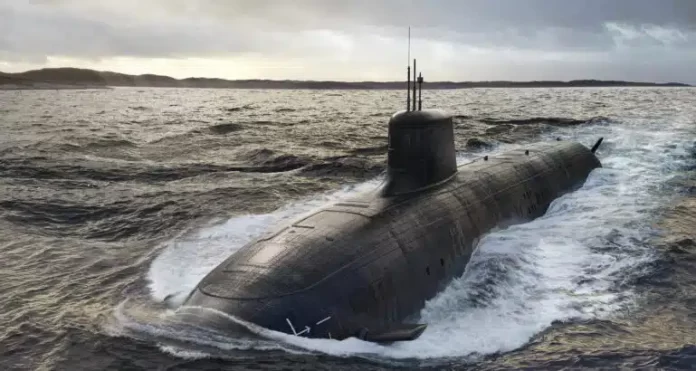By Harlan Ullman*
The 1972 movie The Candidate is a good metaphor for the current state of AUKUS, the tri-nation consortium for supplying Australia with eight nuclear submarines (SSNs) and other technology. In the movie, Robert Redford plays Bill McKay, a political novice who wins a miraculous upset victory over a long-serving Californian senator. As the movie ends, Redford desperately asks his campaign manager, ‘What do we do now?’ There is no answer.

